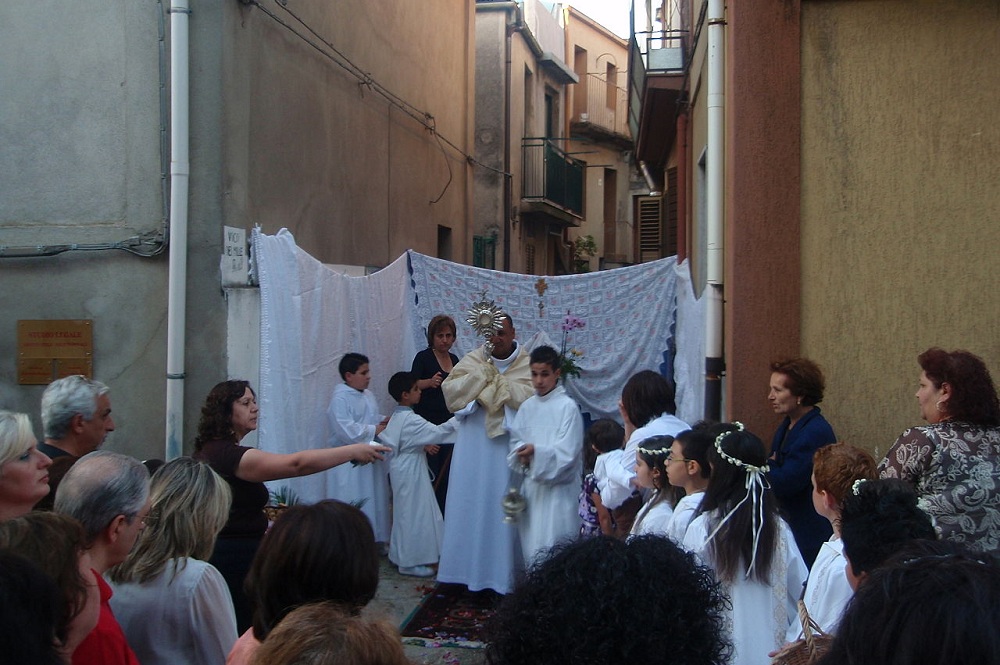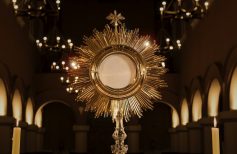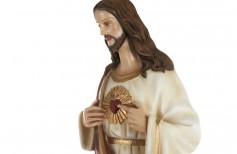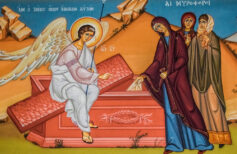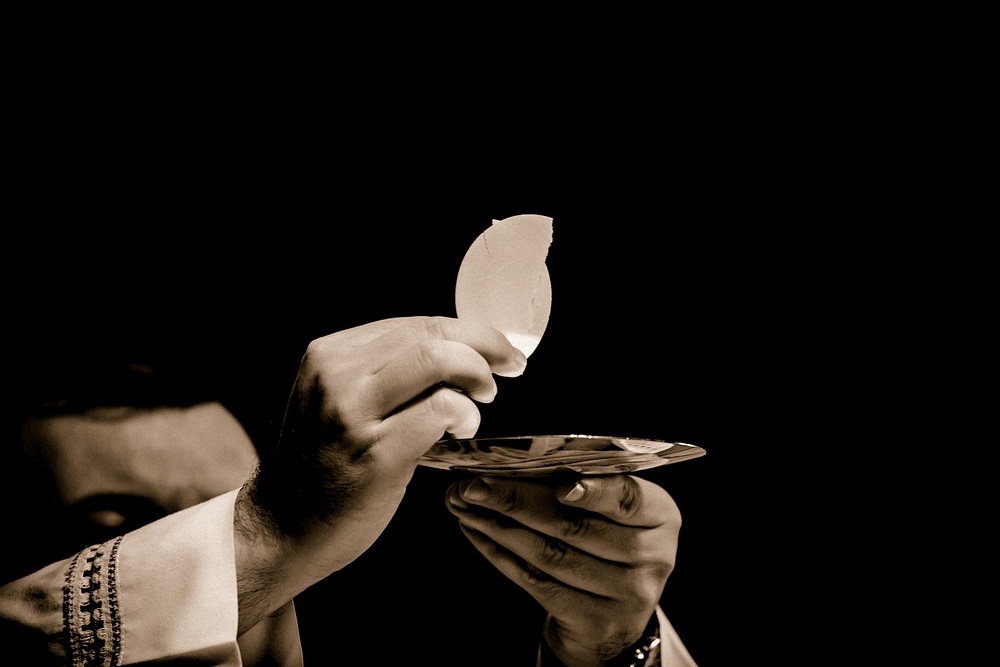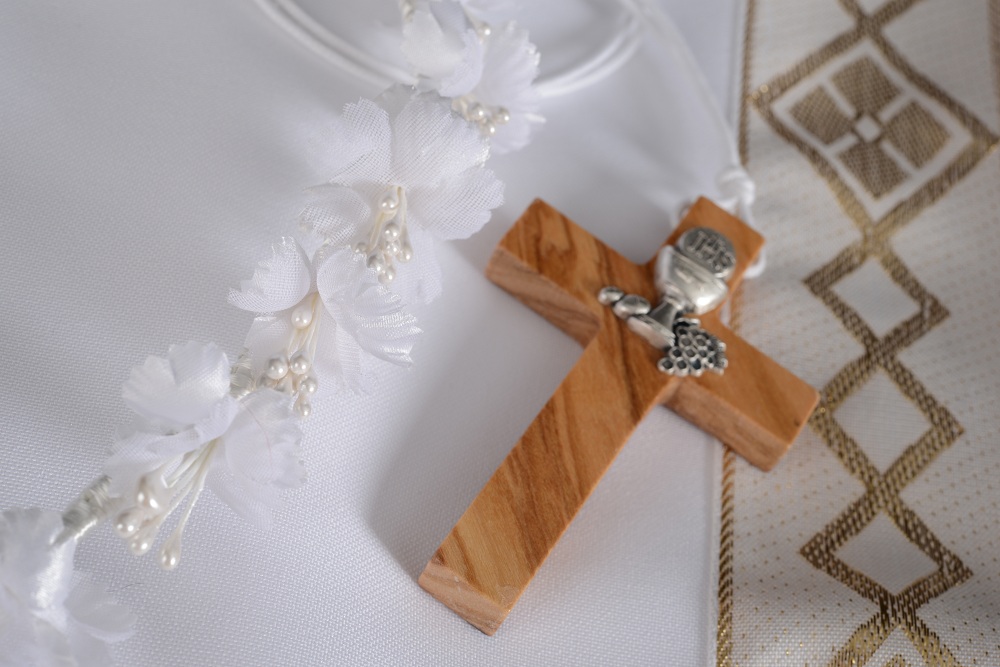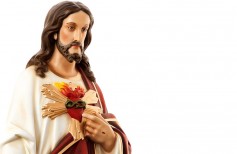The feast of Corpus Christi (“Body of Christ”) ends the festival that follows after Easter. It is celebrated on Thursday after the celebration of the Holy Trinity, although in many countries it falls on the following Sunday. The feast of Corpus Christi celebrates the real presence of Christ during the Eucharist, therefore opposing the theory of Berengario di Tours, who claimed that such presence was not real but merely symbolic. This commemoration was born in the 13th century after the visions of a Belgian mystic, Giuliana of Retìne, and commemorates the origin of the mystery of the Eucharist.
In the vision of Giuliana di Retìne, the moon was full, white and shining, with a shadowy area. The mystic woman interpreted that apparition as the lack of a celebration that commemorated the Eucharist in the Church at the time for what it really was: the incarnation of Christ in the bread of the last supper. Subsequently, as to give credit to this conviction, the Eucharistic miracle of Bolsena took place: blood-drops dropped from a consecrated host and spotted the corporal worn by the priest and some of the altar’s stones. From that moment, Pope Urban IV, Giuliana’s friend and confidant, ordained that the solemnity of the Corpus Christy was official and extended to the entire church.
The corporal of the Bolsena’s miracle is still a very important element for this celebration. Every year, on Sundays after the feast of Corpus Christi, it is brought to procession along the streets of Orvieto.
The feast of Corpus Christi celebrates the relationship between the Eucharist and the Church. The Eucharist represents as the body of Christ, the Church as its mystical body, which takes origins and its deepest meaning from the former.
Everywhere the feast of Corpus Christi is celebrated with commemoration and mostly processions in which a consecrated host is exhibited to the faithful, a symbol of Jesus made of flesh and blood who sacrificed himself for us all.

